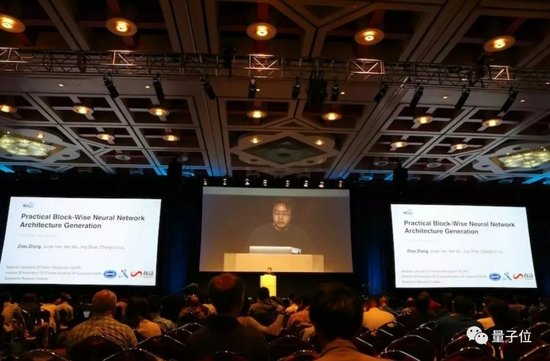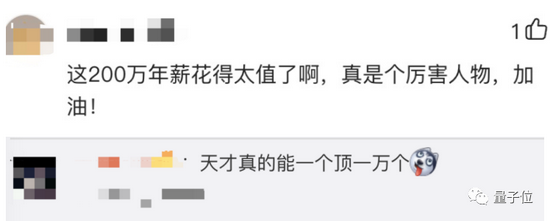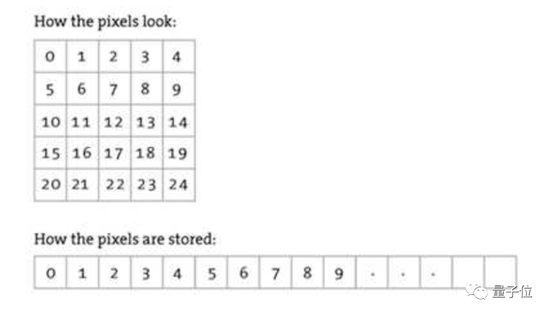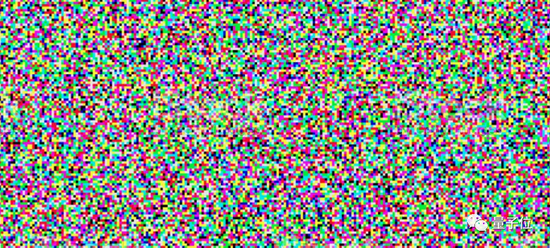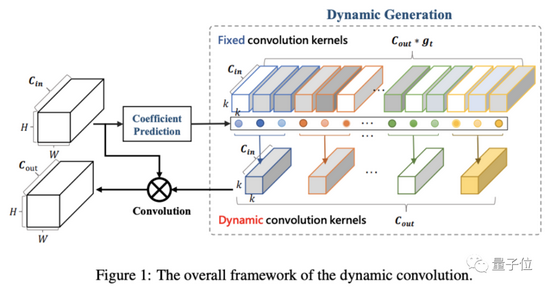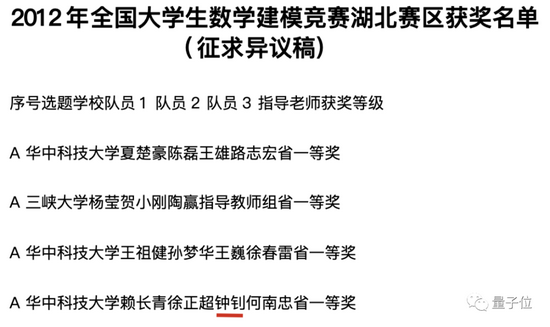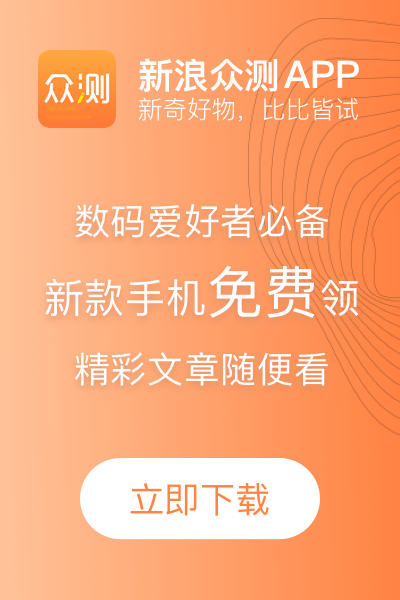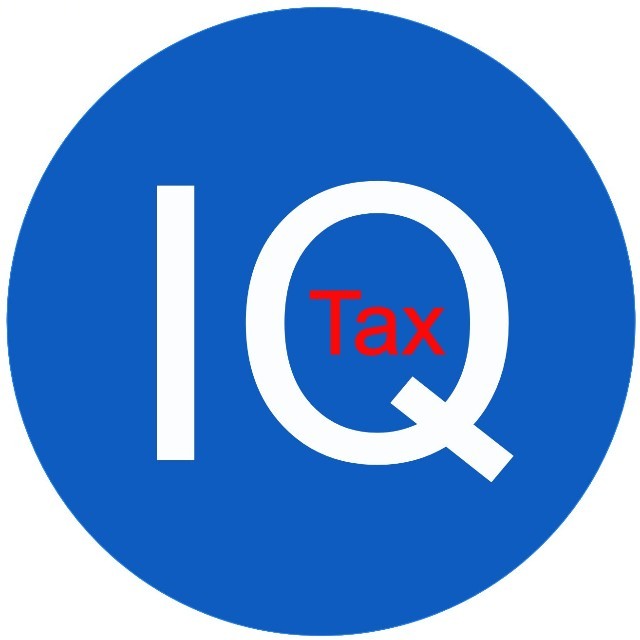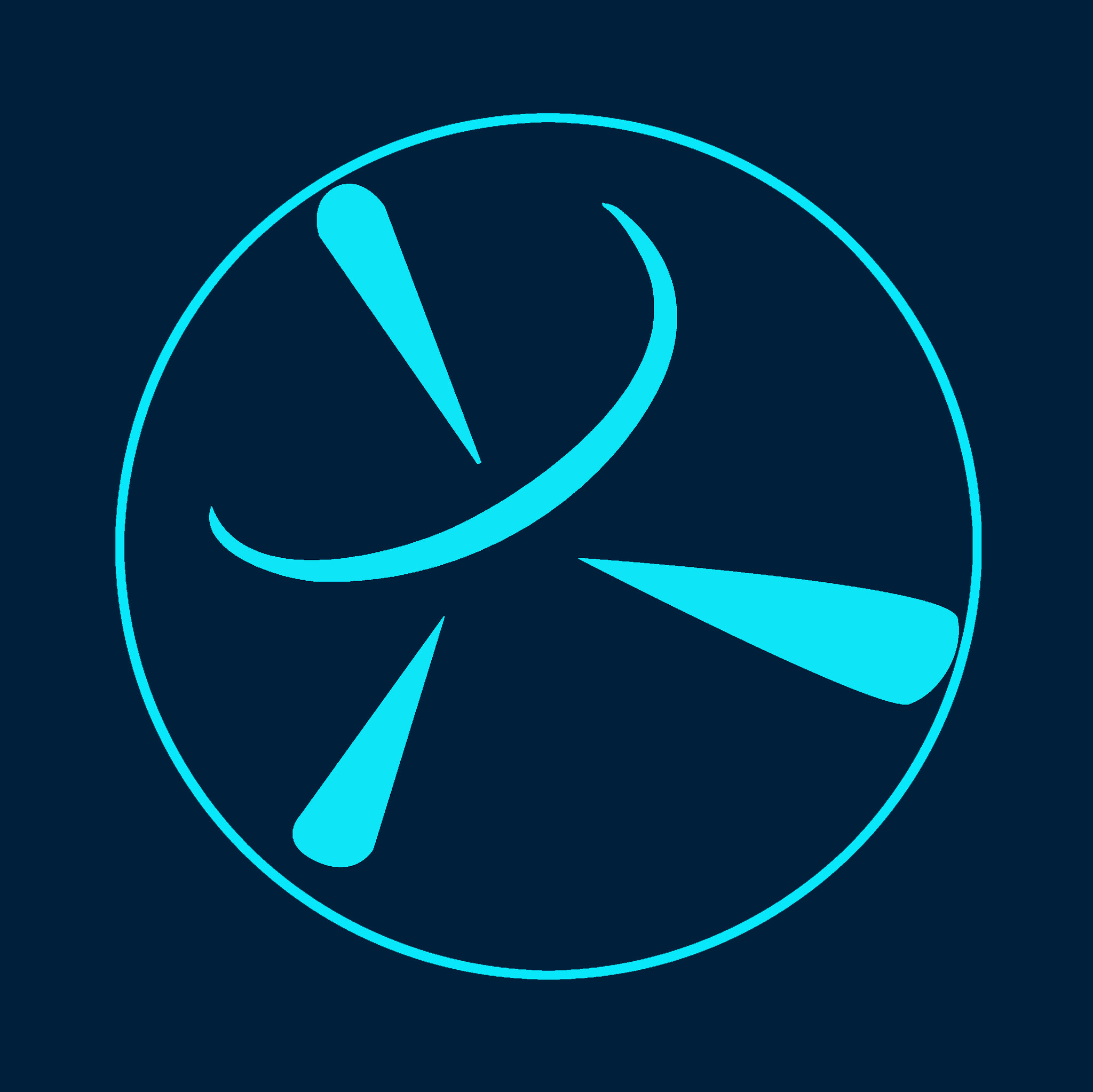Welcome to follow the WeChat subscription account of "Sina Technology": techsina
Text/Dream of morning, abundant colors, Xiao Xiao
Source: qubit (ID: QbitAI)
When it comes to Huawei's "gifted youth", it can be said that the topic is directly full.
But behind the millions of annual salaries, what kind of work "gifted teenagers" do every day remains mysterious.
Now, here comes the following——
Huawei takes the initiative to disclose the latest trends of "gifted youth" for the first time:
Zhong Zhao, who joined in 2019 and received 2 million offers, led the team to apply the research of AutoML algorithm to tens of millions of Huawei Mate series and P series mobile phones in less than a year.
Huawei officials mentioned that this means that Zhong Zhao's team has successfully started the large-scale commercial use of AutoML.
Once the news came out, another wave of topics exploded.
"Huawei's annual salary of 2 million yuan is worth it."
Less than a year after joining the company, the algorithm is applied to tens of millions of Huawei mobile phones
The specific method of individual value should start with Zhong Zhao's own research work.
In fact, what Zhong Zhao solved is a big pain point in the image pixel processing algorithm - the balance between algorithm accuracy and model size.
If it is solved, pixel processing algorithms can be deployed to mobile phones to speed up image processing such as space enhancement and super-resolution.
However, unlike common CV algorithms such as target detection and image classification, the production of such models requires a deep understanding of the relevant attributes of pixels.
In the direction of AutoML, there have been many applications of CV algorithms such as image classification and target recognition. However, as far as pixel algorithm is concerned, no team has successfully applied AutoML on a large scale.
Pixels include many attributes, such as color, brightness, and so on. The algorithm processes pixels, which can be said to require processing the most basic elements of the image.
Therefore, this kind of algorithm requires very high accuracy, and many Huawei experts have failed to overcome it before.
Zhong Zhao led the team to successfully apply AutoML technology to image pixel processing algorithms.
AutoML (Automated Machine Learning), which simply means "designing AI with AI", has become a popular research since 2014. In 2018, the technology gradually entered the stage of trial and commercial acceleration.
In fact, before Zhong Zhao came to Huawei, Huawei Noah Ark Lab was already conducting research on AutoML.
The laboratory has developed a whole process AutoML algorithm set VEGA by itself, among which "efficient classification network search scheme based on hardware constraints (CARS)", "lightweight super sub network structure search (ESR-EA)" and other algorithms belong to the category of NAS.
AutoML is exactly the research direction of Zhong Zhao during his doctoral period.
In 2019, Zhong Zhao "hit it off" with Huawei, which was also engaged in AutoML at that time. Relying on his accumulation during his internship in Shangtang, he joined Huawei as a "genius youth" with an annual salary of 2.01 million, and served as the leader of the AutoML research group. Within one year of entry, he had overcome this difficulty in pixel processing algorithms.
Later, Zhong Zhao led the team to develop an end-to-end pixel level AutoML pipeline within two years of entry.
According to Huawei, this technology can "reduce the complexity of prototype algorithm of video photography by a hundred times when both academia and industry can only achieve 2-3 times". It has been used in some new models and will be used in more products in the future.
Not only this research, but also Zhong Zhao has made many achievements in the mobile terminal vision model.
For a long time, there are two main methods to design visual models for mobile terminals:
One is to manually design lightweight network structures, such as ShuffleNet, MobileNetV3, etc., which have made some progress.
However, Zhong Zhao's team found that there is still redundancy between the convolution cores of these models, which limits the speed of the models.
The other method is to compress the model, and obtain a small model with similar structure to the large model through pruning, distillation and other means.
However, this method will reduce the accuracy and is difficult to meet the requirements of high-end mobile phones.
When Zhong Zhao came to Huawei, he led the team to propose a dynamic method of adaptively generating convolution kernels based on image content.
This method can significantly reduce the amount of computation while maintaining the accuracy, and can reduce 37% - 71.3% for different CNN networks.
In addition, in terms of data enhancement, Zhong Zhao also studied an adversarial automatic data enhancement method in Huawei, which was published on ICLR in 2020.
However, behind the success of these studies, Zhong Zhao himself has been making great efforts.
Family background, learning computer since childhood
Zhong Zhao was born in 1991 in a family deeply influenced by computer science.
I majored in software engineering at Huazhong University of Science and Technology. In my junior year, I won the first prize in Hubei in the National Undergraduate Mathematical Modeling Contest.
According to Huawei Hearts Community, Zhong Zhao's father is a computer scientist and a student of Qian Sanqiang and He Zehui.
Zhong Zhao developed a strong interest under the cultivation of his father, and began to learn some programming knowledge in primary school.
Growing up in this environment, it is no surprise that he chose computer related majors in college.
During his undergraduate period, he also teamed up with his classmates to do some programming projects, such as the campus drift bottle based on WeChat, which is very popular with students.
After graduation, he came to the Institute of Automation of the Chinese Academy of Sciences and learned from Liu Chenglin, the deputy director.
In 2018, a paper he wrote during his internship in Shangtang was selected into CVPR Oral and made a theme report at the conference. In that year, only a single digit of Chinese papers were selected into Oral.
In this paper, he proposed a block generation method to automatically build high-performance neural networks, which has been cited more than 400 times.
This is also Zhong Zhao's first paper published in the relatively new direction of AutoML.
Later, his research direction gradually focused on this, and his doctoral dissertation was also titled "Deep Neural Network Structure: From Artificial Design to Automatic Learning".
Up to now, he has published many AutoML related papers at international journal conferences such as IEEE T PATTERN ANAL, ICLR, iCCV, NeuroIPS, etc.
In fact, there have been many outside voices questioning the qualifications of "gifted youth".
There are anonymous users in Zhihu, who once questioned the actual ability of a group of "talented teenagers" such as Zhong Zhao, and thought that Huawei was "buying horse bones with money":
According to the Time Weekly, an IT insider who worked in the same laboratory with Huawei's "gifted youth" said:
The annual salary of Huawei is really outrageous. The average annual salary of our laboratory for a doctor's degree is about 600000-800000 yuan, and that of a master's degree is about 400000 yuan.
But in the computer industry, they are under great pressure even if they can do as much as they can with as much money.
This official initiative to disclose the latest research results of "gifted boy" Zhong Zhao and apply them to Huawei products is not only a recognition of Zhong Zhao himself, but also shows Huawei's confidence in this plan.
After that, will there be more research results of "gifted teenagers" published?
We will wait and see.
Reference link:
[1] http://app.huawei.com/paper/newspaper/newsPaperPage.do?method=showNewHwrPaperInfo&sortId=1&newsInfo=92216
[2]https://scholar.google.com/citations? user=igtXP_kAAAAJ
[3]https://xinsheng.huawei.com/cn/index.php? app=forum&mod=Detail&act=index&id=4343641
[4]https://www.zhihu.com/question/336418328/answer/758978491
[5] http://www.time-weekly.com/post/272140
[6]https://github.com/huawei-noah/vega
(Statement: This article only represents the author's view, not Sina.com's position.)
